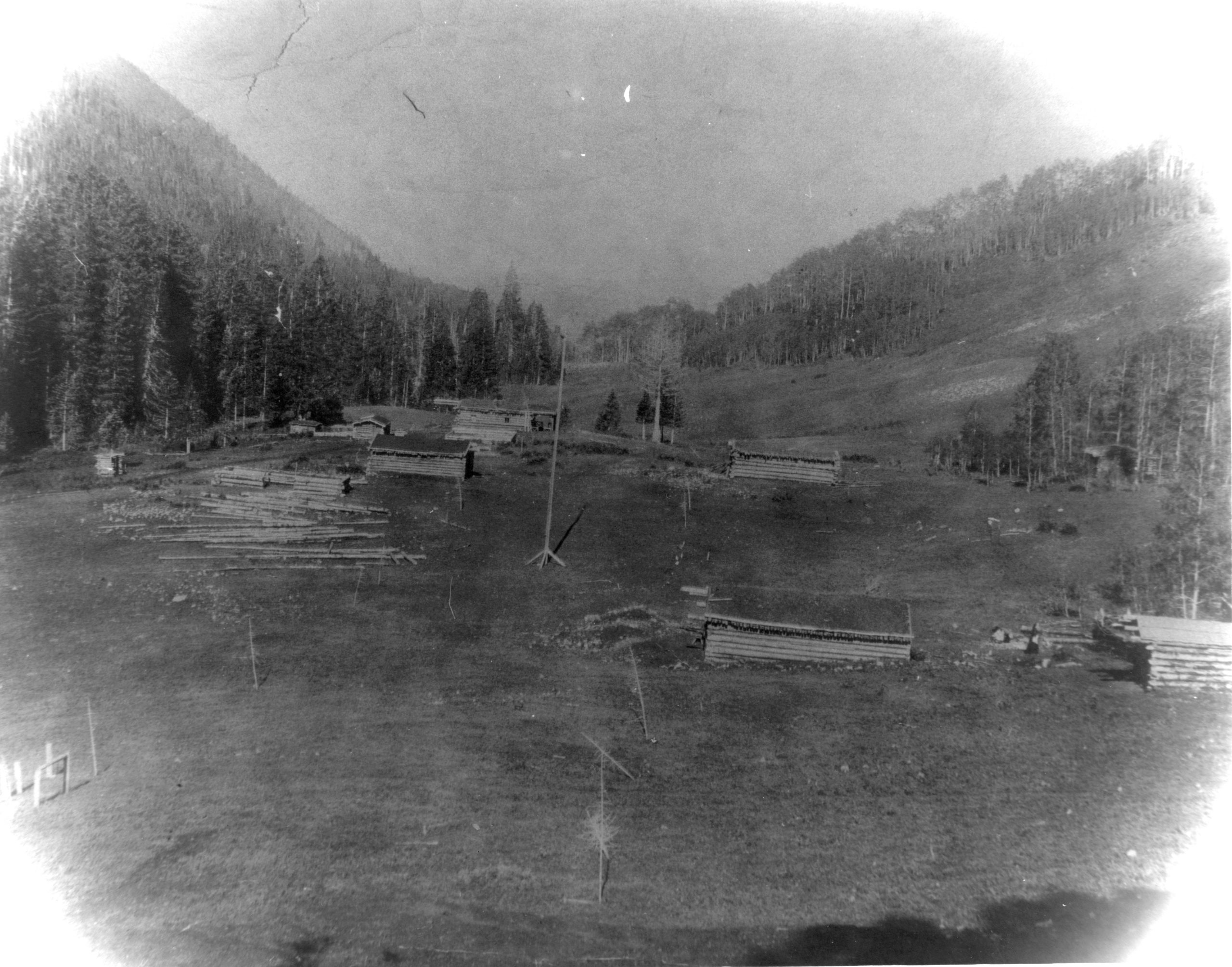Some information may be outdated.
Looming large in Moab’s background, the La Sal Mountains have been a major factor in the human history of the Moab Valley and surrounding region for millennia. Geologically they are young: a mere 24 million years old, they formed when a large mass of magma solidified into rock below the earth’s surface. On human timescales, however, they have been an unwavering presence, and a valued source of water, food, and natural resources in an otherwise dry and challenging terrain.
For many thousands of years, people have passed through the mountains and high mesas around them. Around a thousand years ago, Ancestral Pueblo People found the lower elevations of the region best suited for agriculture and habitation, venturing up into the mountains seasonally to access hunting and gathering opportunities. Later Ute people hunted and gathered food from the mountains, living or visiting seasonally at the higher elevations, before being largely displaced by settlers in the 1800s.
Euro-American settlers pursued mining in the mountains in the late 1800s with limited success, but timber and livestock grazing became more sustained pursuits. After ecological damage due to deforestation and grazing, President Theodore Roosevelt created the La Sal National Forest Reserve in 1906, which became a part of the Manti-La Sal National Forest two years later. Beginning in 1933, the Civilian Conservation Corps undertook four years of projects in the mountains, working on erosion and flood-mitigating infrastructure, as well as recreational trails and facilities in the mountains.
The Moab Museum’s photo archives provide a look back in time to some of the more recent chapters of human history in the La Sals. Spanning mining, logging, ranching, recreation, and more photographs of the La Sals in the Museum Collection allow us to reflect on peoples’ relationship with the mountains through time.
The Moab Museum is dedicated to sharing stories of the natural and human history of the Moab area. To explore more of Moab’s stories and artifacts, find out about upcoming programs, and become a Member, visit www.moabmuseum.org.
Appreciate the coverage? Help keep local news alive.
Chip in to support the Moab Sun News.





